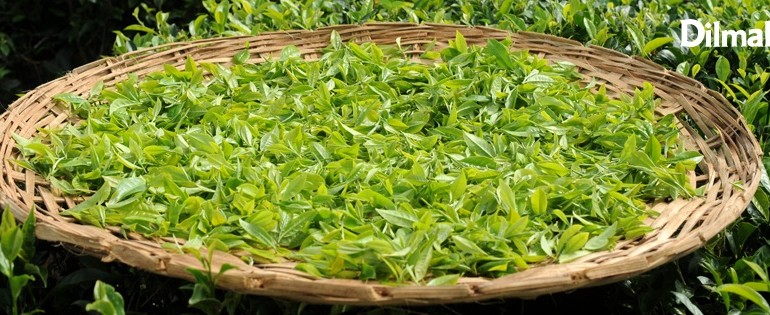If you want to learn about something at depth, it pays to go to the source, which in this case is internationally renowned tea grower and vendor Dilmah. Founded as a tea exporter in Melbourne (of all places) by Merrill J. Fernando in the ’80s (although Fernando’s tea operations had been running for many years prior), Dilmah is now hailed for its quality teas in over 100 countries. Suffice to say, it takes what it does and the benefits of the humble cuppa seriously. In fact, what’s been intuitively known about tea since it was first discovered by Chinese Emperor Shen Nung when a tea leaf randomly drifted in his bowl of hot water circa 2732 B.C., is now backed by science. Sporting benefits that range fr0m the capacity to lower blood pressure through to antioxidant properties of tea’s active ingredient L-theanine, it turns out that tea really is good for you! The Dilmah School of Tea now seeks to pass this info along to industry professionals and tea aficionados in this condensed version of its certified tea program.
After an intro to the history of tea and its medicinal properties, one of Merrill J. Fernando’s sons, Dilhan Fernando, introduces us to the subtleties of black tea and and its manufacture. Then, in a hands-on module we learn how to taste it properly, an action which involves quite literally slurping small quantities of tea through the front teeth. Etiquette is abandoned in favour of flavour.
All of the teas samples come from Sri Lanka, but range from teas grown in the highlands, lowlands and coastal areas. Like booze, tea has a recognisable “terroir”: the educated palate and a discerning nose and eye can pick the provenance of tea. For instance, tea grown in the highlands of Ran Watte has a delicate taste and a light-honey colour, compared to tea grown in the lowlands of Yata Watte, which makes for a robust, punchy and dark brew.
Dilhan then guides us through the process of making a perfect cuppa. For a start, we’re urged never to ditch a teabag or leaves before the three minute mark: the antioxidant properties of tea won’t come to the fore prior to that time. Different teas require different brewing times, which we’re encouraged to observe with a timer, as well as different temperatures. For instance, a white tea calls for water at less than boiling temperature and steeping for between two to three minutes tops, whereas a hearty cup of black tea requires boiling water and between three to five minutes brewing.
Next, we’re shown how tea can complement food (the technical term is “tea gastronomy”) and comestibles ranging from Szechuan Chicken to apple pie are paired with the appropriate teas.
It’s been a long time since I’ve consumed this much black tea and I’m wired, but my black-tea brewing skills have improved exponentially, much to the relief of my partner, an English fella who’ll stand for nothing less than a strong “builder’s brew”.
– Meg
Meg Crawford is a freelance journo and full-time rockabilly. She’s also a rock dog to her core and likes Ghostbusters a little bit too much. Follow her on @rockabillywriter.




